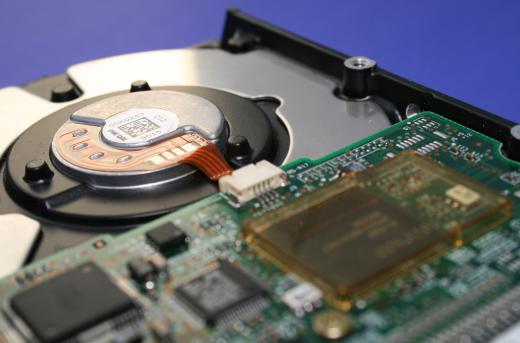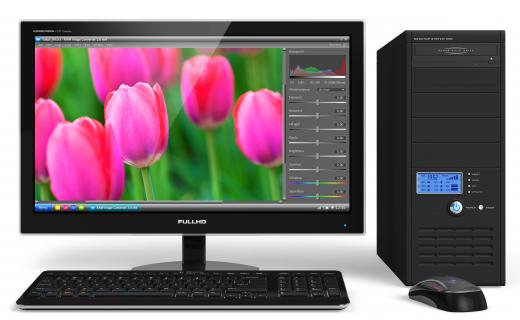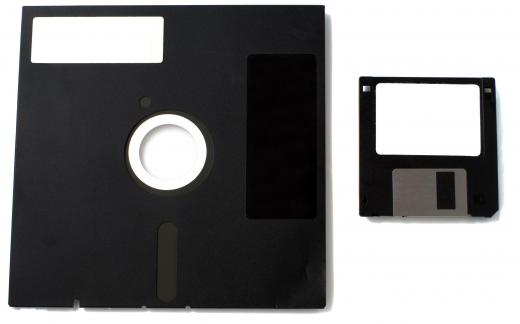In computers, active storage drives are automatically assigned a drive letter, beginning with the letter A. The DOS operating system followed the drive letter with a colon, as in A: . Prior to flash memory devices, computers incorporated floppy disk drives for portable storage, so the A and B drive letters were preserved by the system to be assigned to these devices. This left C as the first letter available for the hard disk. So it is that the hard disk became known as the C: drive.
In days past hard disks were small enough that they were not divided into partitions, so a single drive letter was all that was required. The operating system was always installed on the C: drive and virtually all instructions for software and device drivers also referred to by this name. Today it’s a different story.

Today’s hard disks are often several hundred gigabytes, or even as much as a terabyte, and growing. Generally, computer users find that dividing large disks into several partitions or sections is handy for organization. In some cases it is even required by the computer’s BIOS and/or operating system. With each additional partition created on the drive, the system assigns a new, sequential drive letter that it handles as a separate storage device. Thus, a “C: drive” today might only refer to a very small portion of a much larger disk that houses several additional drive letters.

With the proliferation of computers came exploitation by malicious hackers, malware, viruses and spyware. The C: drive is the common target because it is the default drive for installation of the operating system. For this reason some people with an eye for security choose to create a small C: drive to hold a few DOS utilities and other files, but install the main operating system on the D: drive. While this certainly doesn’t guarantee freedom from hackers, viruses or malware, it does automatically eliminate those threats that target the drive as the place where the operating system will be found.

Before partitioning a new hard drive, it might be helpful to read about the different strategies people are using to minimize risks, organize data, and accommodate different operating systems and purposes. Creating a C: drive that is drastically reduced in size and retired from key use is probably a wise option. However, games made for DOS will require installation on the drive, so if you will be using these be sure to allocate enough space. Also, some older software packages install automatically to the C: drive regardless of where the operating system is located.
